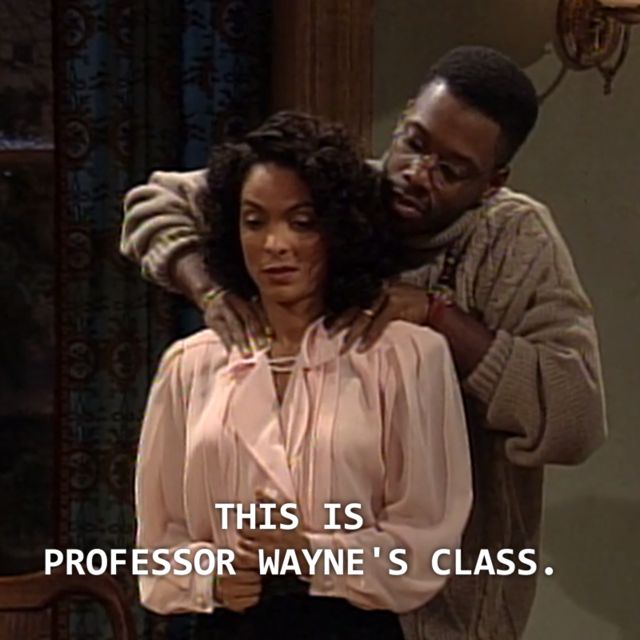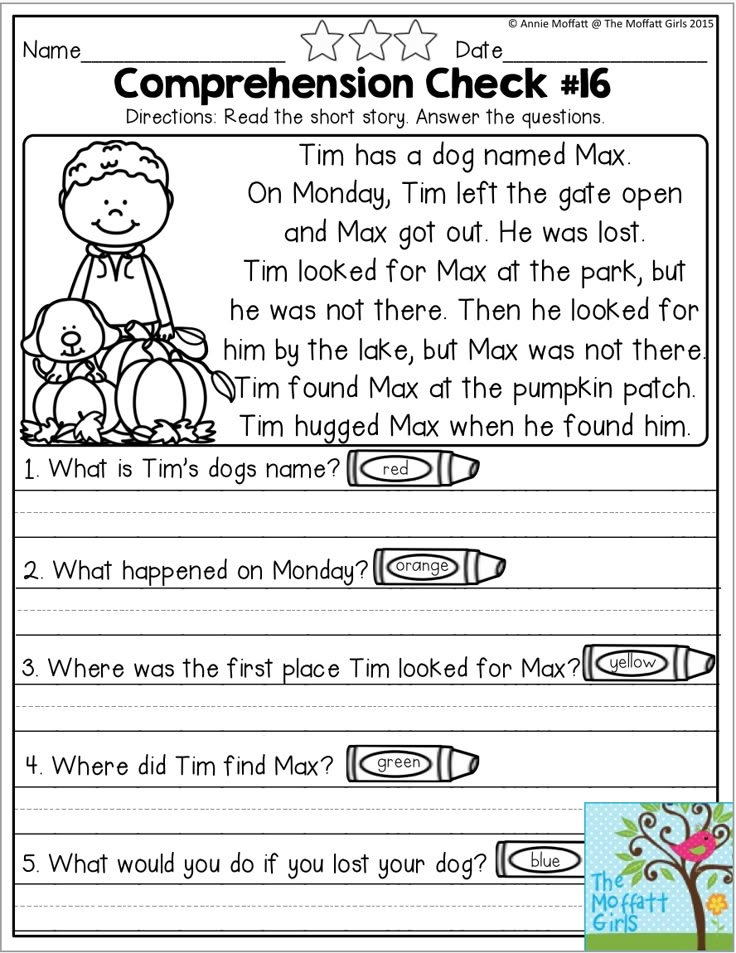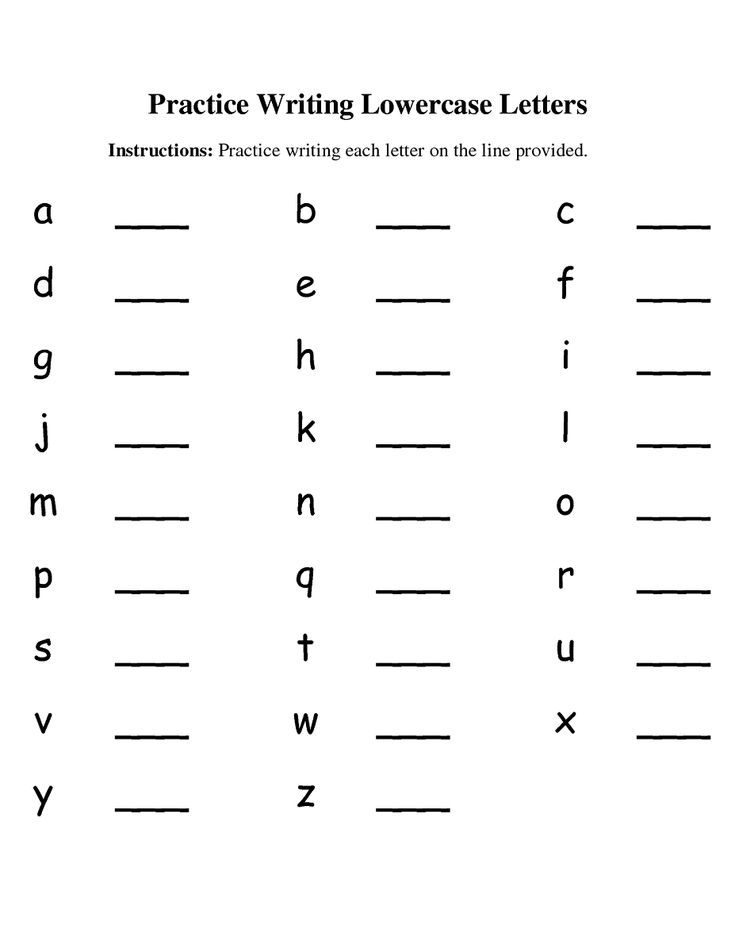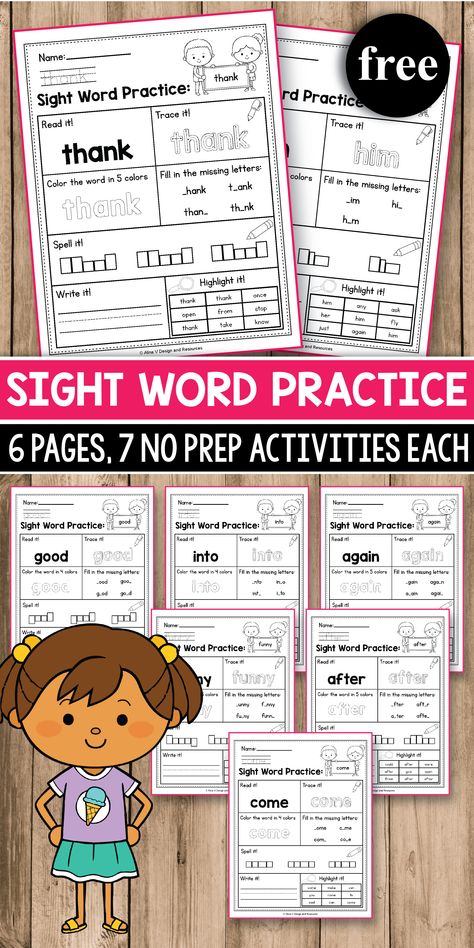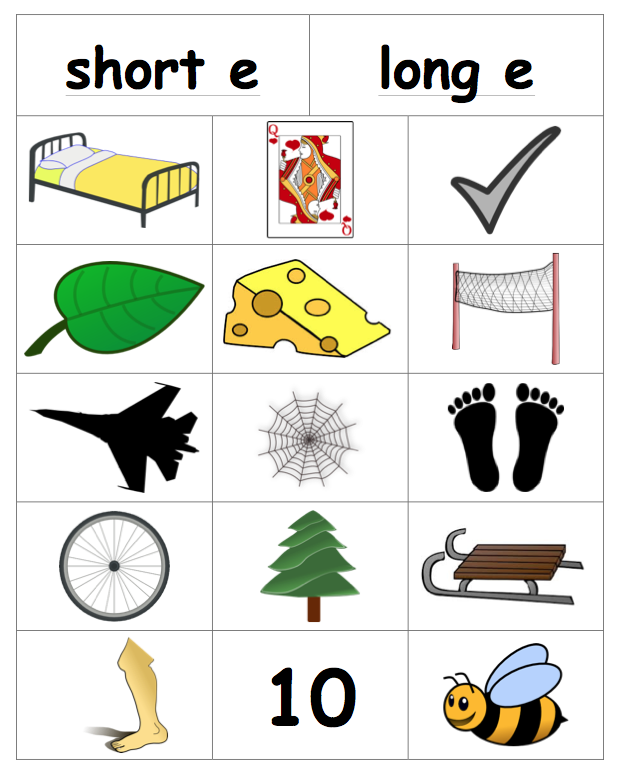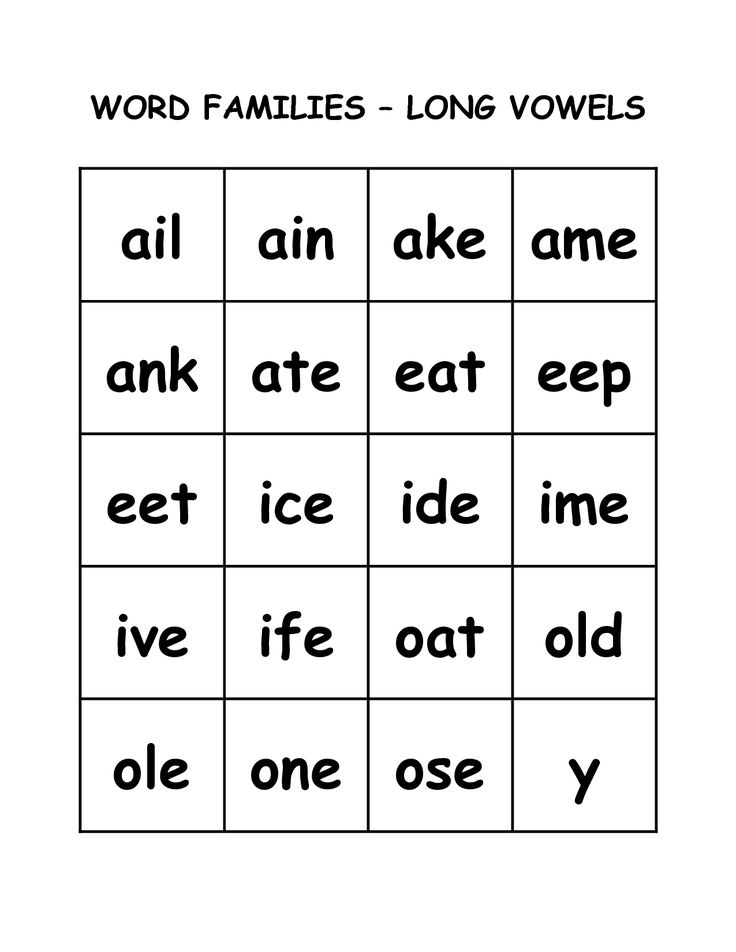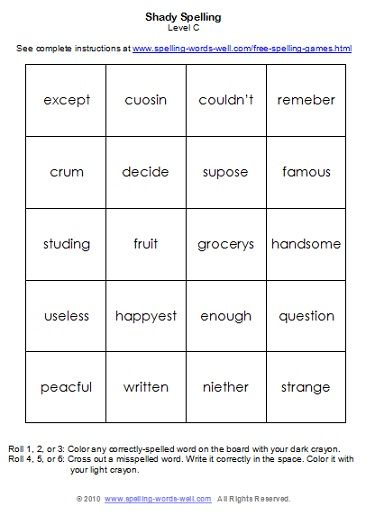Learn to grow
Learn To Grow
Leadership
Our Leadership:
The Board of Directors at Learn To Grow, Inc. consists of a total of six board members. Please meet our President and our Executive Director:
Louella Conner
In 1998, Louella Connately know as “Grandma”, became president of the Board of Directors for Learn To Grow, Inc. Being deeply religious, Grandma promised to help the organization become a world-class community based organization, using nationally proven prevention models, strategies, programs, and business operations to demonstrate
our mission “to empower youth through positive youth development, and strengthen families and communities.” Under her guidance, evidenced based programs related to high risk youths, adults, families, and communities are being implemented and evaluated for success. Grandma says “the organization’s goal must be to generate self-empowerment, community mobilization, and long lasting results within the target communities--thereby attaining the ultimate goal of effective planned social change.
” Grandma is also the Public Relations Director for Noah’s Ark Animals and Abused Children’s Home. She helped to establish the Butts County Humane Society, and served as mayor of Flovilla, GA. She is a past president of the Henry County Optimist Club, and received the 11 Alive Community Service Award for outstanding community service in 2001. Grandma currently serves on the board of a local food bank. She can also be found at the Learn To Grow facility mentoring youth and counseling families.
Vincent Vandiegriff
Vincent Vandiegriff has been in the field of prevention for over 16 years. He is the founder and Executive Director of Learn To Grow, Inc. (LTG). LTG’s mission is to “empower youth through positive youth development and strengthen families and communities”. Mr. Vandiegriff started servicing the Atlanta/Fulton County community through afterschool, summer, and parenting programs. His agency delivers substance abuse prevention programming to disadvantaged youth and adults. Prevention training over the years helped him to understand that individual and community change goes hand-in-hand. Today through his leadership, LTG is successfully implementing policy, systems, and environmental strategies to affect community level change regarding risk factors associated with alcohol and tobacco use among youth and adults in Fulton County, with proven results. His responsibilities and duties include organizing and participating in town hall meetings, teach-ins, lunch and learns, seminars, workshops and conferences to update and exchange pertinent information. He provides technical assistance to other community based organizations as well as other entities with similar interest in designing, implementing, and evaluation of intervention and outreach strategies. He has direct involvement with communities by conducting health fairs, demonstrations, and workshops. He researches and delivers program services based on needs assessment as he is Certified Trainer of Trainers of several Research Based Prevention Curriculums.
Prevention training over the years helped him to understand that individual and community change goes hand-in-hand. Today through his leadership, LTG is successfully implementing policy, systems, and environmental strategies to affect community level change regarding risk factors associated with alcohol and tobacco use among youth and adults in Fulton County, with proven results. His responsibilities and duties include organizing and participating in town hall meetings, teach-ins, lunch and learns, seminars, workshops and conferences to update and exchange pertinent information. He provides technical assistance to other community based organizations as well as other entities with similar interest in designing, implementing, and evaluation of intervention and outreach strategies. He has direct involvement with communities by conducting health fairs, demonstrations, and workshops. He researches and delivers program services based on needs assessment as he is Certified Trainer of Trainers of several Research Based Prevention Curriculums.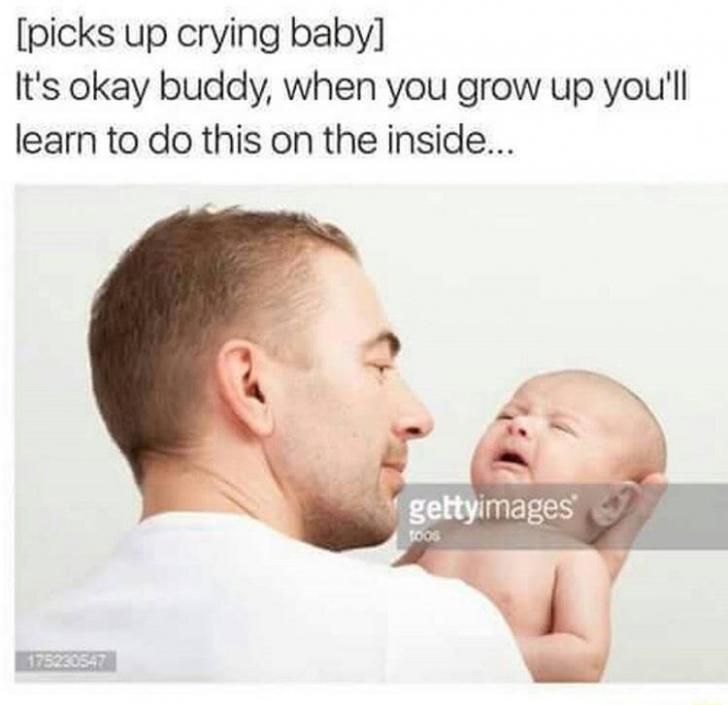 He researches possible funding sources, develops and writes proposals. He develops programs, and evaluates other organizations programs for effectiveness. He hires and trains staff. He ensures that all staff members are culturally competent and they are trained to facilitate research based curriculums geared to reduce or prevent alcohol, tobacco, and other drug use among youth and adults. He implements programs, supervises staff, monitors payroll, ensures that programs are fiscally sound, ensures compliance with state and federal audit requirements, prepares monthly, quarterly and annual reports, oversees day to day operations, interacts with contractors, develops cooperative relationships with other community organizations and agencies, and gives direction to organization. He is a youth leadership and advocacy facilitator. Mr. Vandiegriff is also the Chairman of the H.E.A.R.T. (Health, Education, Awareness, and Research on Tobacco) Coalition, a Drug Free Communities Coalition supported by the Substance Abuse and Mental Health Services Administration (SAMHSA).
He researches possible funding sources, develops and writes proposals. He develops programs, and evaluates other organizations programs for effectiveness. He hires and trains staff. He ensures that all staff members are culturally competent and they are trained to facilitate research based curriculums geared to reduce or prevent alcohol, tobacco, and other drug use among youth and adults. He implements programs, supervises staff, monitors payroll, ensures that programs are fiscally sound, ensures compliance with state and federal audit requirements, prepares monthly, quarterly and annual reports, oversees day to day operations, interacts with contractors, develops cooperative relationships with other community organizations and agencies, and gives direction to organization. He is a youth leadership and advocacy facilitator. Mr. Vandiegriff is also the Chairman of the H.E.A.R.T. (Health, Education, Awareness, and Research on Tobacco) Coalition, a Drug Free Communities Coalition supported by the Substance Abuse and Mental Health Services Administration (SAMHSA).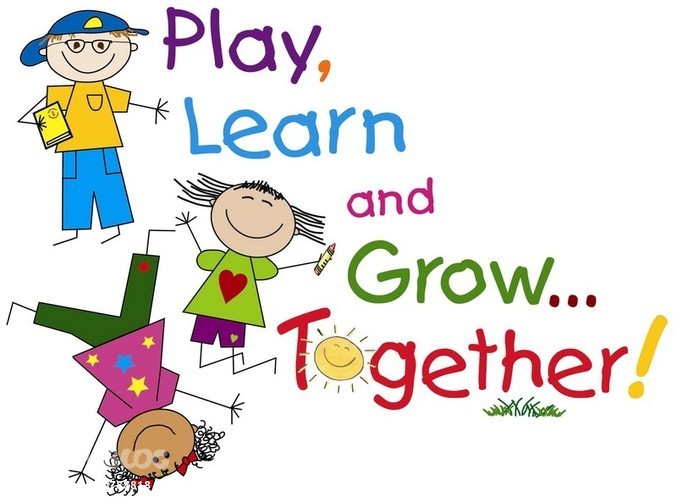 In 2007, he directed LTG in collaboration with the H.E.A.R.T. Coalition and assisted the Atlanta Public School System to adopt the CDC Model 100% Tobacco Free Schools policy. This policy prohibits the use of any tobacco products by anyone (student, teacher, and visitor) on the campus of school at all times, including school parking lots and vehicles; and all school sponsored sporting events. In 2008, he directed LTG in collaboration with the H.E.A.R.T. Coalition and assisted the Fulton County School System to adopt the CDC Model 100% Tobacco Free Schools policy. This policy prohibits the use of any tobacco products by anyone (student, teacher, and visitor) on the campus of school at all times, including school parking lots and vehicles; and all school sponsored sporting events. Through his leadership and collaboration with the H.E.A.R.T. coalition, including their youth team and parent team, and the Atlanta City Council, a Smoke Free Ordinance for the Atlanta Parks and Recreation Department was passed in July 2012.
In 2007, he directed LTG in collaboration with the H.E.A.R.T. Coalition and assisted the Atlanta Public School System to adopt the CDC Model 100% Tobacco Free Schools policy. This policy prohibits the use of any tobacco products by anyone (student, teacher, and visitor) on the campus of school at all times, including school parking lots and vehicles; and all school sponsored sporting events. In 2008, he directed LTG in collaboration with the H.E.A.R.T. Coalition and assisted the Fulton County School System to adopt the CDC Model 100% Tobacco Free Schools policy. This policy prohibits the use of any tobacco products by anyone (student, teacher, and visitor) on the campus of school at all times, including school parking lots and vehicles; and all school sponsored sporting events. Through his leadership and collaboration with the H.E.A.R.T. coalition, including their youth team and parent team, and the Atlanta City Council, a Smoke Free Ordinance for the Atlanta Parks and Recreation Department was passed in July 2012. He was selected by SAMHSA to appear in a video cameo concerning the importance of empowering community members to address community problems. The video was placed on SAMHSA’s website and You Tube. He was the creator and leading force behind the LTG alcohol awareness campaign; “Before You Turn Up, Turn Over Your Keys”. This message specifically targets youth and young adults; and consists of PSAs, billboards, social media outlets, and printed materials. He was the driving force behind two members of the LTG Youth Team, which he developed, to attend the Campaign for Tobacco-Free Kids 10th annual Youth Advocacy Symposium, an annual tobacco conference in Wash DC. He received the 2013 Ray Avant Excellence In Prevention Award from the Department of Behavioral Health and Developmental Disabilities’ (DBHDD) Office of Prevention Services and Programs for his outstanding contributions in the field of substance abuse prevention at the 2013 Georgia School of Addiction Studies.
He was selected by SAMHSA to appear in a video cameo concerning the importance of empowering community members to address community problems. The video was placed on SAMHSA’s website and You Tube. He was the creator and leading force behind the LTG alcohol awareness campaign; “Before You Turn Up, Turn Over Your Keys”. This message specifically targets youth and young adults; and consists of PSAs, billboards, social media outlets, and printed materials. He was the driving force behind two members of the LTG Youth Team, which he developed, to attend the Campaign for Tobacco-Free Kids 10th annual Youth Advocacy Symposium, an annual tobacco conference in Wash DC. He received the 2013 Ray Avant Excellence In Prevention Award from the Department of Behavioral Health and Developmental Disabilities’ (DBHDD) Office of Prevention Services and Programs for his outstanding contributions in the field of substance abuse prevention at the 2013 Georgia School of Addiction Studies.
How to Continuously Learn and Grow
Theory
Three tips to unlock lifelong learning and stay ahead in this world of accelerated progress.
5 minute readProductivityOnly in my lifetime, we’ve gone from clunky, twisty cord phones to answering machines to pagers to brick-like cell phones to smartphones to watches that can tell me what flavor of garbage I had for lunch last weekend.
Progress is accelerating—technological progress, cultural progress, informational progress. The change between 2015 and 2020 is far greater than the change between 1995 and 2000. On the one hand, this progress is incredible. Our lives are improving and changing at an astounding pace. But on the other hand, it’s easy to feel overwhelmed, burnt out, and left behind.
It’s because of this acceleration of progress that I believe developing the ability to learn quickly and efficiently is more important today than ever before. When information becomes virtually infinite, then the advantages of learning and processing information in impactful ways grow exponentially. Not only are you using the same information better, but you’re able to discover, comprehend, and synthesize far more information than others and do it at a far faster rate.
When information becomes virtually infinite, then the advantages of learning and processing information in impactful ways grow exponentially. Not only are you using the same information better, but you’re able to discover, comprehend, and synthesize far more information than others and do it at a far faster rate.
This ability to learn quickly and self-sufficiently has a compounding effect as well, driving an even greater division in results. The more you learn now, the better you will be able to learn and process new experiences in the future. Therefore, if you develop the ability to learn well—that is, if you learn how to learn—you have more opportunities than ever before to accrue huge, compounding results.
One way to think of the stratification in society at the moment is that there is a growing gap between those who learn well and quickly and those who do not. That gap comes in many guises, not just income gaps, but also gaps in health, well-being, divorce rates, addictions, and so on.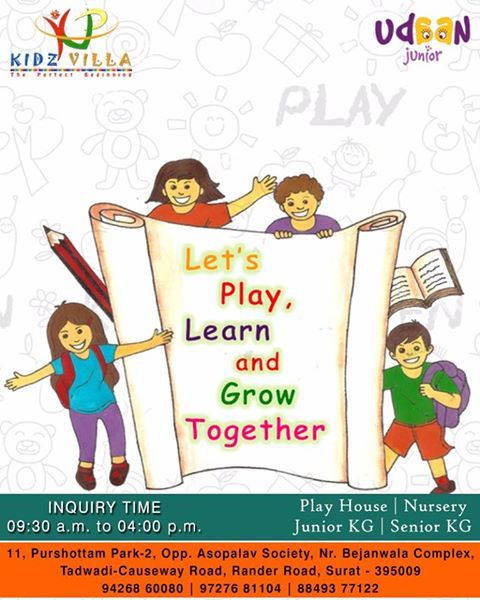
Perhaps the most important subject of all is simply helping people learn how to learn, to increase our capacity to synthesize new information. As we continue to fly up the ever-steepening curve of progress, the mental and emotional skills of mastering yourself will only compound and continue to pay dividends throughout the 21st century.
Some tips to becoming a lifelong learner:
- Become an information omnivore
- Regularly challenge your assumptions
- Get good at screening out bad/useless information
Table of Contents
- Become an Information Omnivore
- Regularly Challenge Your Assumptions
- Get Good at Screening for Bad Information
Like everything, we tend to fall into informational habits and comfort zones that keep us digesting the same type of thing over and over. Try this: wherever you get your news, try getting your news from completely different sources (preferably sources with different views) for the next month. Just see what happens.
Just see what happens.
One thing that will help your ability to digest information from anywhere is to constantly ask yourself how ideas and concepts relate to one another. I primarily write and think about psychology. But I often read economics, anthropology, sociology, and political science because they tie into psychological concepts all the time. Seeing those tie-ins makes those other subjects more interesting for me.
Ultimately, the goal should be to cultivate a habit of ingesting information from a wide variety of sources and mediums—long- and short-form, print, video, and audio—and use them to compare and contrast the ideas to each other.
A good habit is to actively seek out thinkers or books or ideas that actively contradict your current beliefs. Doing this is emotionally taxing, but if you’re able to do it, one of two things will happen: you’ll either a) discover an area in which you’re wrong, or b) you will improve the arguments for your own ideas. There’s literally no downside to challenging your own ideas and beliefs.
This is especially important because as humans, our default state is to simply regurgitate and rehash what we already believe. We like our little ideological bubbles. We would stay in them forever if we could (and some people do). Actively work to break your own bubble.
Another exercise I do sometimes is journaling, but instead of talking about my day or my ideas, I simply list out some things that are particularly important to me and then I challenge myself to write counter-arguments to each one. Maybe I believe I’m very successful at building online content, so I’ll write that down and start challenging that idea. Sometimes the challenges just seem like a silly exercise, but sometimes you start poking holes in your own bullshit. There have been many times where I’ve changed my own mind on something in this way.
It’s sad to say, but with the internet, the world has become flooded in bad and/or useless information. As consumers, we must be ruthless in our consumption habits. If something is not good or useful within the first 10% of it, skip it. Life is too short. And there’s way too much good info out there.
If something is not good or useful within the first 10% of it, skip it. Life is too short. And there’s way too much good info out there.
Keep in mind, “good” is not necessarily the same thing as “enjoyable.” There are many unenjoyable things out there that are incredibly useful. You must always ask yourself, “Is this useful? Is finishing this book/movie/article/podcast going to be useful for my goals?”
If not, then cut it.
More Articles to Aid Lifelong Learning
- How to Become a Better Learner
- 3 Important Life Skills Nobody Ever Taught You
- 10 Life Lessons to Excel in Your 30s
- 10 Life Lessons I Learned From Surviving My 20s
- The Four Stages of Life
- 5 Principles for Making Better Life Decisions
- How to Read Faster and Retain More
- Why I’m Wrong About Everything (And So Are You)
- Why You Can’t Trust Yourself
- The 3 Paradoxes of Life
Learn about the idea that transformed a depressed deadbeat into one of the most important philosophers who ever lived. Read about it in my free 19-page ebook.
Read about it in my free 19-page ebook.
Learning to Grow: An Introduction | Twitch Creator Camp
The desire to improve is just the first step. Each subsequent decision must be carefully planned in order to achieve your goals. This article is a short version of the Streamer Boot Camp "Learning to Grow" blog, which is a four-part blog post about the progress of the channel. This article will be helpful for creators who are looking for simple tips to improve their broadcasts, but don't know where to find the information they need outside of Twitch. Here we briefly consider four questions:
How do I get new viewers to find my broadcast?
The interest of new viewers in your Twitch stream depends on several factors. Fortunately, you can take some steps in this direction right now!
The first factor is the choice of content to broadcast. You can stream what you like, such as your favorite game or hobbies like cooking or makeup.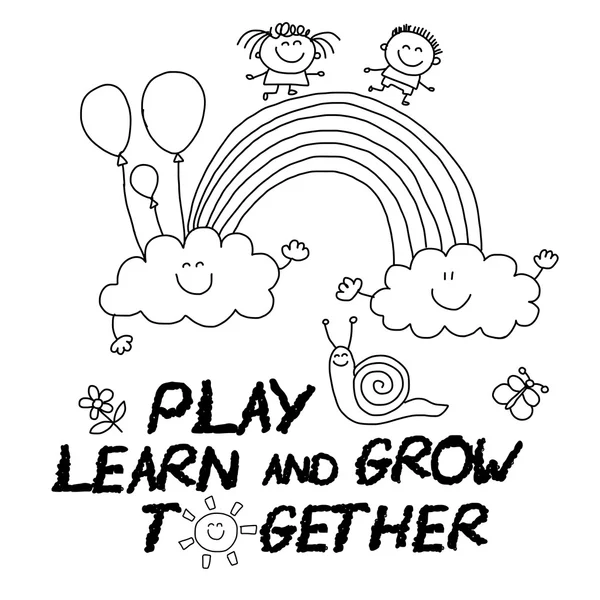 However, sometimes when reviewing analytics after broadcast, you may notice that your content is not delivering the results you want. Some types of content are more popular than others. Choosing what to broadcast based on your target audience will be a key factor in attracting new viewers.
However, sometimes when reviewing analytics after broadcast, you may notice that your content is not delivering the results you want. Some types of content are more popular than others. Choosing what to broadcast based on your target audience will be a key factor in attracting new viewers.
Frequently asked questions: Is it better to be at the peak of popularity in a small category or somewhere in between in a very popular category? Both of these options may work for you, depending on a number of factors that you have no control over. In order to make the right decision, you will first need the data you already have. Go to the "Statistics" section in the drop-down menu of the author's dashboard and select "Channel Analytics". There are many useful metrics here. We advise you to study them all, but for now, pay attention to the section “Which categories do my viewers prefer?” It shows data about what your viewers were interested in during the last 7 days when they were not watching your channel.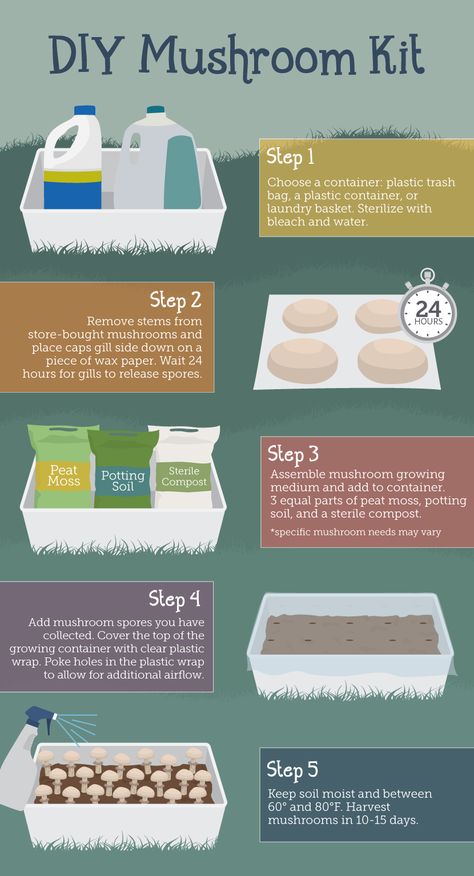 This data is displayed as a list of games and other content on Twitch. You can try to stream such content on your channel and attract viewers who are potentially interested in such broadcasts. **
This data is displayed as a list of games and other content on Twitch. You can try to stream such content on your channel and attract viewers who are potentially interested in such broadcasts. **
How do I get viewers to come back to my broadcast?
In addition to being a Twitch creator, chances are you're a viewer yourself. So, you already know perfectly well what may interest you on the broadcast and encourage you to return to the channel! First of all, think - why are you returning to the channel of your favorite streamer? Because of the content, the skill of the author, interactivity, quality sound or video? What makes this author's broadcasts interesting and unique? Most likely, the matter is in several aspects at once, because of which this channel suits you. These aspects are united by the fact that they are are valuable to you as a viewer. The information and experience that you receive on the broadcast makes you happy, and you want to return to the channel of this particular streamer.
Now think about how valuable your broadcasts are to viewers. What area of interest do you want to represent? What skills would you like to share? What impressions or knowledge should your viewers be left with after the broadcast is over? By answering these questions, you will receive very useful data to improve your broadcast. Use them to make viewers appreciate your content and want to come back to your channel again and again.
There are many possible answers, but one of the simplest solutions is to keep a consistent broadcast schedule. You want viewers to always know exactly when you go live. Most likely, they will even get used to watching your channel regularly. To tell your audience about your schedule, you can use the Schedule tool on Twitch. With it, viewers will see their own local start time for your broadcast and will be able to set a reminder when you go live!
Another action you can take right away is to simply ask viewers to come back to your broadcast. There is a lot of content on Twitch, and don't expect viewers to always have time to visit your channel. But you can invite them to come back and tell them when your next broadcast will be. For example, something like this: “Thank you so much for watching my stream! If you liked it, I'll be back on the air tomorrow morning, so grab your favorite drinks and join in - it's going to be fun!" Sounds simple, but asking or being reminded can have very good results.
There is a lot of content on Twitch, and don't expect viewers to always have time to visit your channel. But you can invite them to come back and tell them when your next broadcast will be. For example, something like this: “Thank you so much for watching my stream! If you liked it, I'll be back on the air tomorrow morning, so grab your favorite drinks and join in - it's going to be fun!" Sounds simple, but asking or being reminded can have very good results.
How do I get viewers to find my channel when I'm off air?
It's not easy for a creator to influence the findability of their broadcast on air, but there are many ways to showcase your content without even clicking the "Start Broadcast" button.
First of all, pay attention to the clips - they help to develop your channel while you are offline. Clips are a way to share important moments of your broadcast with new and familiar viewers who may have missed something. After seeing these interesting moments, viewers can come to your broadcast.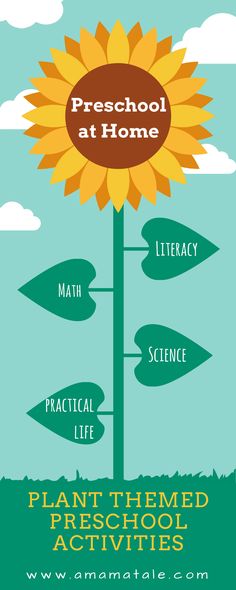 First, invite the community to create clips of your fun or exciting moments, funny flops, or uplifting monologues. They will be stored in your Creator Dashboard under the Materials > Clips drop-down menu. Here you will find both your own clips and clips created by other users from your channel. Once you've chosen a clip to share on social media, it's best to download it and then upload it to your preferred platform. Embedded video has a higher response rate than clip link. *Note: If you want chat or broadcast moderators to start creating clips of important moments for you, ask them about it, and do not wait until they decide to do it themselves. In addition, you can create clips yourself in the Quick Actions section of the broadcast control menu.
First, invite the community to create clips of your fun or exciting moments, funny flops, or uplifting monologues. They will be stored in your Creator Dashboard under the Materials > Clips drop-down menu. Here you will find both your own clips and clips created by other users from your channel. Once you've chosen a clip to share on social media, it's best to download it and then upload it to your preferred platform. Embedded video has a higher response rate than clip link. *Note: If you want chat or broadcast moderators to start creating clips of important moments for you, ask them about it, and do not wait until they decide to do it themselves. In addition, you can create clips yourself in the Quick Actions section of the broadcast control menu.
In future editions of this column, we will discuss clip editing. It can be very useful, but not all authors know how and with what tools they can edit their clips.
How do I diversify my content on Twitch?
Twitch has a wide variety of content, from games to cooking, ASMR or music! But creating your own content inevitably becomes a chore for creators.
If you feel that your work has become too monotonous, then it can be difficult to solve the problem - most likely, its causes lie in circumstances unique to you. Sometimes you need to take a break to replenish your creative energy, sometimes you need to finally embody an idea that seemed risky and different from the rest of the content on the channel, and in some cases it’s even worth asking other authors for advice on where to go next.
As with the rest of the questions we've covered, the good news is that there are many solutions to every problem that you can try . Therefore, we recommend not only experimenting with different options, but also analyzing your content to understand what you are doing well and what can be improved. Try analyzing your VODs, ask your community for constructive feedback, or explore the data available in your author dashboard.
Above all, creating content you love is one of the keys to being a Twitch streamer. If you don't like your content, chances are that others won't like it either.
In addition to this information, check out our other Streamer Boot Camp articles on growing your community and creating great content! And remember that only you can improve your broadcasts.
"Where do you see yourself in 5 years?" — Work.ua
This favorite question of recruiters deservedly gets such a reaction from applicants, as in the photo. Why it is asked and how to answer it correctly — Work.ua figured it out.
If you have ever been to an interview or read a couple of articles about how to pass an interview, you know for sure that the question "Where do you see yourself in 5 years?" extremely popular at interviews — practically eternal, according to Work.ua.
In theory, it is asked in order to find out:
- level of ambition of the candidate;
- adequacy of self-assessment;
- whether the candidate thinks about his professional future;
- how plans to go to the intended goal;
- will join the team and share the internal corporate culture of the company;
- to what extent the candidate's long-term goals correspond to the opportunities that the company can offer him.

Regarding the last point, it is worth remembering that the opportunities of companies can be different: someone is looking for ambitious candidates who want to constantly grow, and someone needs to close a linear position, which a priori does not provide for career growth.
How not to answer
There is no universal correct answer to this question. But it will be obviously wrong:
- To say that you don't know anything about it or haven't thought about it yet.
- Answer that you don't know what will happen tomorrow, not to mention such a long-term perspective.
- Talk about the personal and touch on the professional quite a bit.
- Talk about entrepreneurship.
You won't like these answers anyway. After all, you come to the company to help it develop, and you yourself must strive for something new. Of course, you can laugh off this question by answering something like: "Celebrate the fifth anniversary of your question. " But after that it is still better to move on to a reasonable answer.
" But after that it is still better to move on to a reasonable answer.
How best to answer
Work.ua finds a three-component answer considered.
1. Show the right amount of ambition
Most employers are pleased to know that their employees have the desire to grow and develop. Healthy ambition should always be shown, but it is important not to overdo it.
A potential manager will most likely not want to hire you if you say you plan to take his place in 5 years. Even as a joke. The following answer can be considered moderately ambitious:
“I want to learn the ins and outs of this industry and become a professional in it” .
But remember that even moderate ambition may not always be an advantage. Especially if the company expects you to be satisfied with working 5 years in the same position without any career ups. If you really apply for just such a position, you should not talk about ambitions that do not exist.
2.
 Show an interest in learning
Show an interest in learning Many people don't know exactly what they want to do tomorrow, let alone the prospect of a few years, but you can always express a desire to learn and grow in a certain area.
Tell me about an aspect of your working life that you would like to improve. Maybe this is an area of knowledge in which you still understand little and would like to learn more, a foreign language or some courses - any interest and craving for knowledge.
Also, when answering this question, you can ask a counter one and find out from the recruiter how long this position has been open and where the person who held this position 5 years ago is now.
3. Explain how your goals are similar to those of the company
Prepare for an interview. At a minimum, search for information about the company on the Internet. It is good if the company has an up-to-date website, with the help of which it is easy to find out the purpose and mission of the organization. This is key information for the applicant - here you understand whether you are on the way with the company or not.
This is key information for the applicant - here you understand whether you are on the way with the company or not.
Select a few items from the company's mission that resonate with your goals, and note how you plan to achieve them within the company in the coming years. For example:
“I love that your company is investing in the development of its people. I would like to manage my team in the organization in five years and help each member of the department develop.” .
Neutral response
Neutral response to the question “Where do you see yourself in 5 years” looks something like this:
“I do not have a specific plan for where I see myself in 5 years. But I would like to move forward. I am flexible, so I will do the current job to the best of my ability and keep an eye out for opportunities within the organization, even if it means changing positions. I also understand that life is more complex and varied than we can currently imagine, but I will do my best to grow within the existing company in a number of ways.

